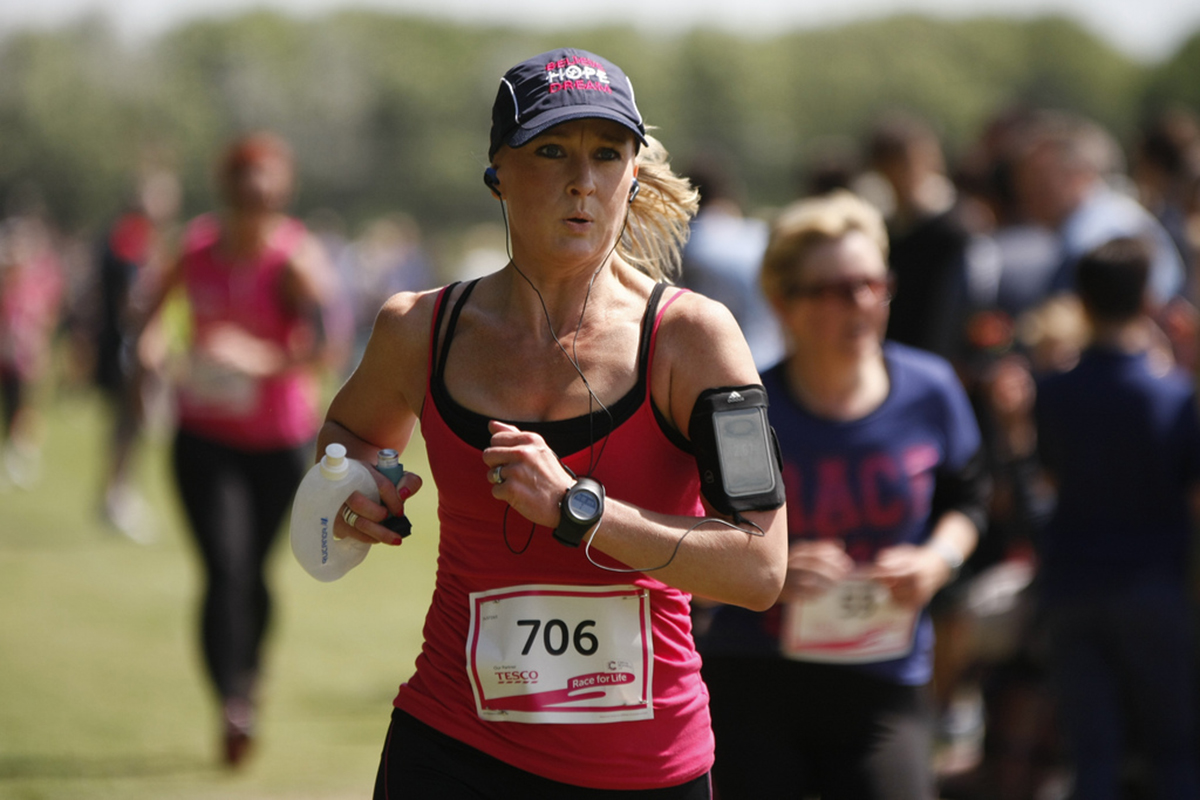Table of Contents
Completing a 5 kilometer race is a target many people set themselves when they sign for numerous charity races such as Race for Life for Cancer Research in the UK. Each year there is a steady increase in the number of participants and if you are looking to complete a 5k in the near future use these training tips and hints to get you on the road to completing your race.

Is this your first race?
If this is the first running race that you ever entered then its important to remember that, and that you plan your training around being a beginner instead of jumping straight into running long distances. Many people think that to train for a 5k involves running long distances on road or treadmills and start off too high meaning they become injured or burnt out long before the race. If you are completing for the first time then start slowly and allow 12 weeks to train and prepare.
Get the right footwear
An essential part of your equipment should be the trainers you choose.
Many running trainers now cater for difference in arch height and running style, if you are unsure ask at your local running store. There is a huge price range in selecting a trainer, if this is your first race then I would suggest a mid range shoe but if you are a seasoned runner you can splash out on an expensive pair. Generally the more expensive running trainers last for much longer miles so will be an investment.
Commitment to the race
Many people train for an imaginary 5k and say they are doing it but are not even registered. Register for your race at the earliest opportunity because this will avoid you being able to "skip" session because there is no real consequence. So sign up today, put a star on the calender and get your friends to sponsor you asap so you really cant back out.
See Also: The Cheapest Outdoor Activity: Advantages and Disadvantages of Running
Don't run till you are fit to run
The biggest mistake people make is starting off running without any pre-fitness level. Work up to running by using a training system known as intervals. There is nothing wrong with setting intervals where you walk and run for the first couple of weeks. For example you can walk for 1 min and jog for 1 min. And work up to cutting out the walking when you can sustain a jogging pace.
- Photo courtesy of Andrew Campbell by Flickr : www.flickr.com/photos/andrewcampbell1/9116964419
- Photo courtesy of Stuart Grout by Flickr : www.flickr.com/photos/pigpilot/5725727517
- www.runnersworld.co.uk
- www.runningtimes.com


Your thoughts on this